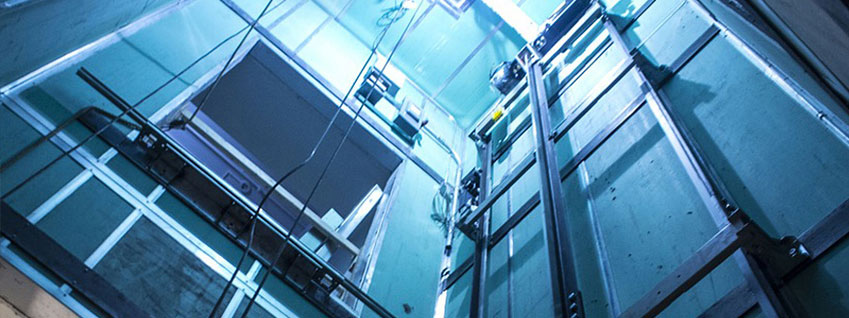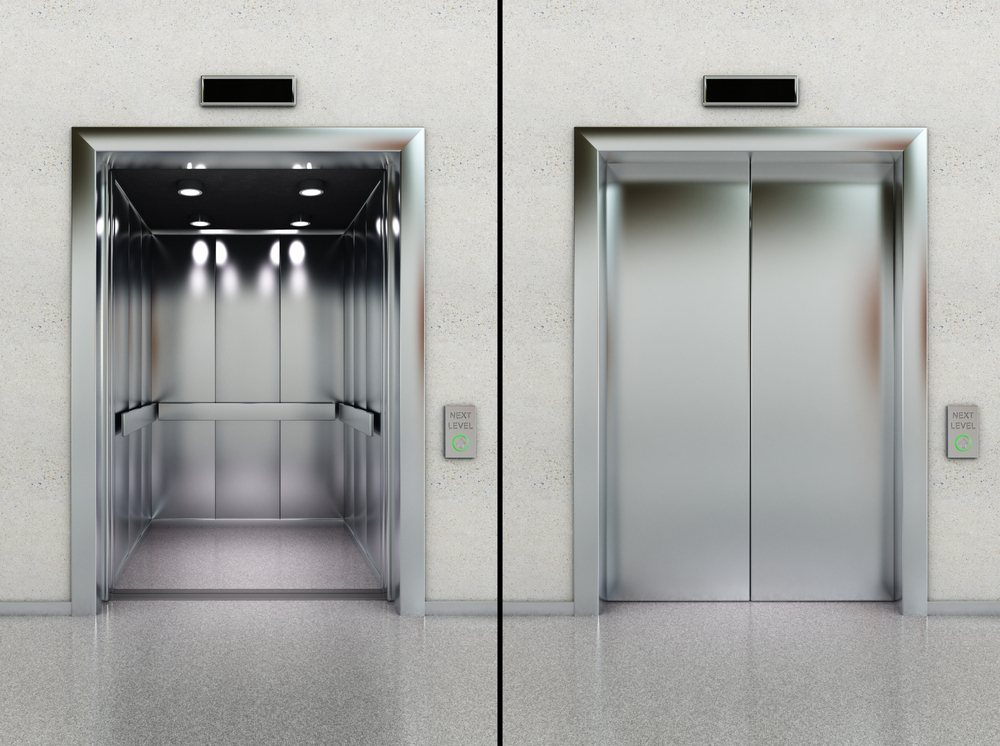We Maintain Lifts to the Greatest Standards: Reliable Service for All Lift Kind
We Maintain Lifts to the Greatest Standards: Reliable Service for All Lift Kind
Blog Article
Discovering the Diverse Selections of Lift Solutions and Their Regular Malfunctions
In the realm of upright transportation, lift systems play an important role in promoting the movement of individuals and goods across numerous frameworks. From hydraulic to grip, pneumatically-driven, and chairlift systems, each type flaunts its unique style and operational features. Nevertheless, as with any type of mechanical system, lift systems are at risk to breakdowns that can range from minor troubles to critical failures. Understanding the diverse selections of lift systems and their common breakdowns provides useful understandings into ensuring the security and effectiveness of vertical transport.
Lift Equipments Overview
One basic part of contemporary metropolitan framework is the lift system, crucial for upright transport in structures of varying elevations. Elevators, also recognized as lifts in some regions, are developed to efficiently relocate people and items between different floorings within a structure. These systems are composed of different key elements, consisting of the elevator vehicle, lifting counterweight, control, and mechanism systems.
The lift auto works as the system that brings travelers or cargo, while the raising system, commonly composed of chains or ropes, moves the cars and truck up and down along the lift shaft. The weight helps balance the load of the automobile, making the system more energy-efficient - lift maintenance contractors. Control systems, such as switches inside the car and on each flooring, permit customers to choose their preferred location and operate the lift securely
Hydraulic Lift Solutions
Moving from the realm of elevator systems summary to an extra specialized domain, hydraulic lift systems use a distinctive strategy to vertical transportation within buildings. Hydraulic lifts run based upon the principle of using a liquid to transfer pressure from one indicate one more. These systems are commonly located in low to mid-rise structures where the upright traveling distance is modest. A hydraulic pump pushes hydraulic fluid right into a cylinder to lift the elevator cars and truck, and the launch shutoff controls the descent by managing the flow of fluid back to the reservoir.
One regular breakdown of hydraulic lift systems is oil leak due to damaged seals or damaged hydraulic tubes. This can lead to a decrease in system performance and possibly concession safety if not immediately resolved. One more common issue is valve issues, which can lead to the lift not stopping at the correct level or experiencing jerky motions during operation. Routine upkeep and hydraulic fluid checks can aid avoid these breakdowns and make sure the smooth procedure of hydraulic lift systems.

Traction Lift Equipments
Exploring the complex mechanisms of vertical transportation, grip lift systems revolutionize the method passengers relocate within skyscrapers (lift maintenance contractors). These systems run based upon the concept of friction between the lift automobile and the hoist ropes, enabling effective upright movement. Traction lift more helpful hints systems are generally located in contemporary high-rise buildings and are known for their smooth trips and energy effectiveness
One common kind of traction system is the geared traction system, where the lift auto is affixed to the hoist ropes through an equipment system. This configuration gives exceptional control over the activity of the lift auto and appropriates for mid to skyscrapers. Another kind is the gearless traction system, which gets rid of the need for an equipment system, making it more perfect and compact for very tall structures.
Regardless of their performance, grip lift systems can experience breakdowns such as rope slippage, electric motor failings, or problems with the control system. Routine maintenance and timely repair services are vital to guarantee the risk-free and reputable procedure of traction lift systems in skyscrapers.
Pneumatic Lift Solutions
Pneumatically-driven lift systems make use of atmospheric pressure differentials to promote vertical transportation within structures. These systems run by making use of pressed air to relocate the elevator cars and truck within a hoistway. As the air stress reduces or raises in the system, the lift is either raised or reduced appropriately. Among the crucial benefits of pneumatically-driven lift systems is their energy effectiveness compared to traditional traction systems, as they do not call for counterweights or substantial machinery.
However, pneumatic lift systems are not without their usual breakdowns. Routine upkeep and surveillance of the system's air stress levels are vital to avoid these breakdowns and ensure the trusted procedure of pneumatically-driven lift systems.

Chairlift Equipments
In the realm of upright transport mechanisms, Chairlift Systems provide blog here a distinct choice to the pneumatic lift systems reviewed previously. Chairlift Solutions are commonly made use of in ski hotels, theme park, and other recreational areas to deliver people backwards and forwards inclines or hills. These systems are composed of a continually relocating loophole of chairs affixed to a cable that relocates in a continual loophole, enabling travelers to begin and get off at designated factors along the route.
Regardless of their popularity, Chairlift Systems are not without their mistakes. Common malfunctions consist of problems with the cable, such as derailments or slippage, which can lead to functional disturbances and security problems. Mechanical failures in the chairs themselves, such as malfunctioning security bars or seat locks, can also position risks to passengers. Routine upkeep and examinations are crucial to avoid these malfunctions and ensure the secure operation of Chairlift Solutions. By resolving these common breakdowns promptly, operators can keep the performance and dependability of Chairlift Solutions for the people who depend on them for transportation and recreation.
Final Thought
Finally, lift systems are necessary for upright transport in different structures and frameworks. Hydraulic, traction, pneumatically-driven, and chairlift find out here now systems are commonly used, each with their very own one-of-a-kind features and potential malfunctions. It is essential for upkeep employees to be experienced about the diverse varieties of lift systems and their typical malfunctions to make certain the safety and efficiency of these systems.
As with any type of mechanical system, lift systems are at risk to breakdowns that can range from small troubles to critical failures.Relocating from the realm of lift systems overview to a much more customized domain, hydraulic lift systems provide a distinct strategy to upright transportation within buildings.One typical type of grip system is the tailored grip system, where the lift car is affixed to the hoist ropes with a gear system. Regular upkeep and tracking of the system's air stress levels are essential to avoid these malfunctions and ensure the trustworthy operation of pneumatic lift systems.
It is essential for maintenance workers to be experienced about the diverse varieties of lift systems and their normal malfunctions to ensure the security and efficiency of these systems.
Report this page